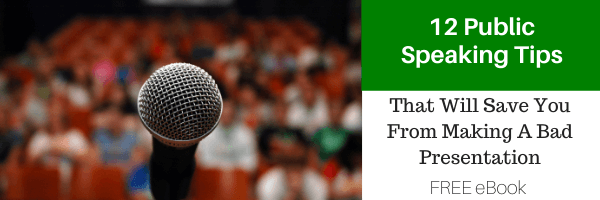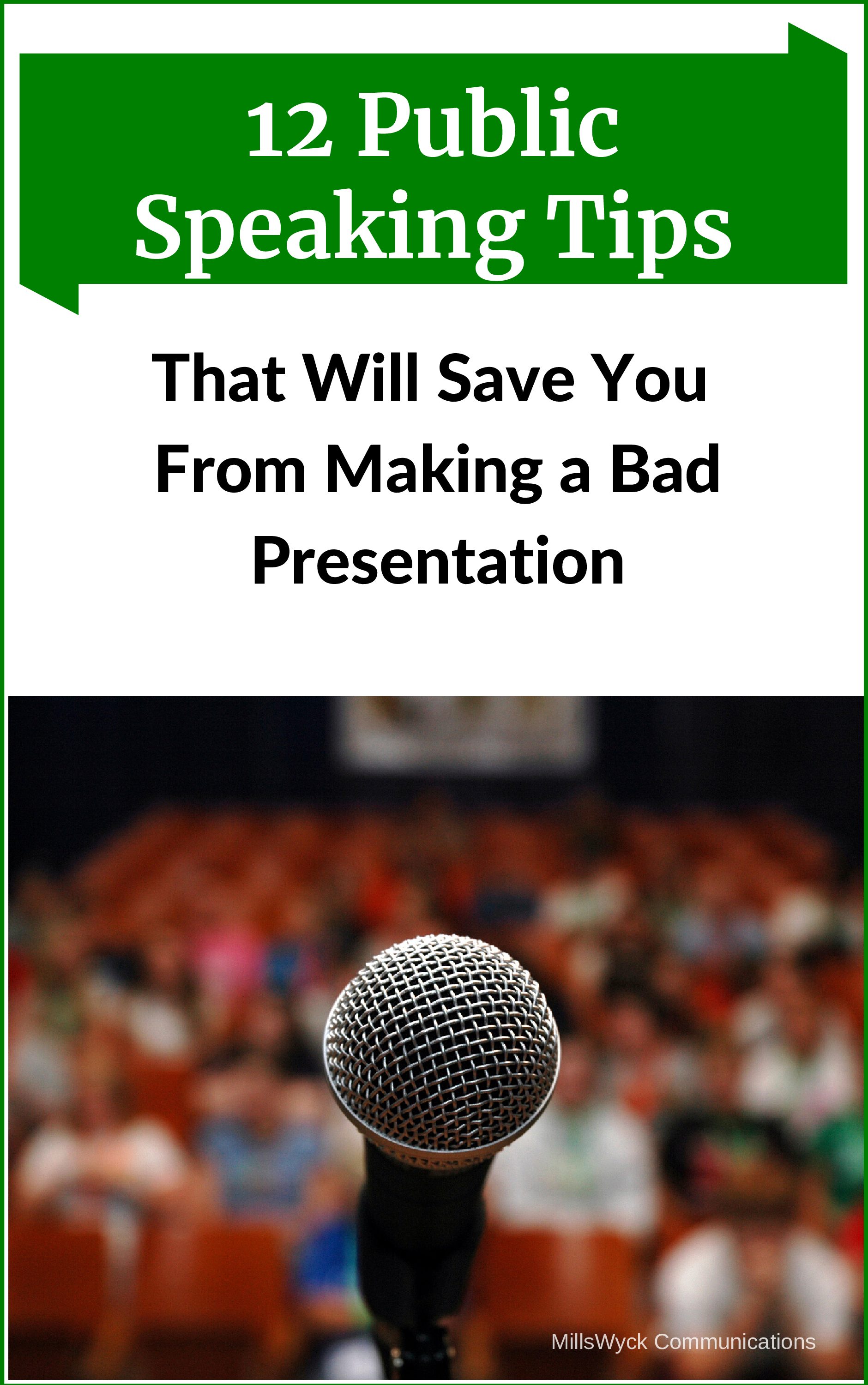First, there is the simple issue of understanding who the pronoun refers to in order to avoid misuse of pronouns.
- The boss told his new director that he hoped his plan would work. (Who is he? Whose plan?)
- As we launch our project, we need to remember who they are listening to (Who is we? They?).
- The difference between new speakers and experienced speakers is their greater use of visuals. (which group uses visuals more?!)
The next issue with the misuse of pronouns is understanding who is included in its reference. In writing, ‘you’ is preferred by many business authors. It tells the reader that what they are reading is directly applicable to them. It shows that they can apply what is being discussed and gives validity to the reason they bought the book in the first place. It’s also very clear who “you” is – there’s only one person reading.
But for the oral communicator, ‘you’ is a dangerous and divisive word. A former football coach at the university that I have degrees from used to refer to the fan base as “you people.” If he had brought home a championship, I don’t think anyone would have noticed. But when his team found mediocrity, the people who ultimately paid his salary didn’t take too kindly being referred to as “you people.” Watch out for ‘you’: It can seem as though you don’t relate to the audience. I’m on stage, YOU are not. I am talking about what is important, YOU don’t know as much as I do. Perhaps the most egregious example of this I’ve ever seen was a presenter at a national conference I was speaking at. His idea was a list of ten tips on how to give better presentations. When he was asked why he didn’t follow his own rules (I counted that he had violated seven of his ten rules in that one presentation!) his response was, “Because I’m ___ and you’re not”. I’ve made a conscious choice to avoid this well-known speaker and anything he has to say ever since.
For the speaker, the most dangerous pronoun may be ‘I’. As a friend told me once, “You don’t want your I’s to be too close together.” I’ve seen self-help books and business seminars try to map the number of 
A great way to avoid the I and You trap is to combine them. Make your presentation or talk about us. We will find… We will cover… Together, we will discover the secrets to… We will unearth….
Obviously, first-person stories require ‘I’. (“There we were, on the edge of the St. John’s River when we looked down and saw the water moccasin, coiled to strike us!” You weren’t there, so that’s an ‘I’ story, not a ‘we’ story – and yes, that really happened).
But if all you do is talk about you, your audience will tire of the subject quickly. Make whatever your topic is (even if it’s YOUR story!) about them. Them is your audience. That them. One way to do this is to ask the probing question, “What about you?” and apply the story’s principle. (“What about you? When have you ever faced danger and been scared?”) At that point, the story stops being about you and starts being about them. That’s where the audience wants to end up anyway.
The last danger in the misuse of pronouns is the typical verbs that we allow to follow pronouns. These easy words are potholes on the road to professionalism as a presenter.
“I am going to talk about…” Nobody came to hear you talk. They came to hear your wisdom and leave with something of value. I was just gonna say… I’m going to cover… I’m going to tell you…
“You need to…” or “you have to…” No one likes being told what to do. Telling me I have to do something is likely to invoke the response “No, I don’t”. Telling me I have to gives me no options, and even if I do it, I might harbor bitterness or hatred towards you (just ask your kids). A more persuasive tone is to ask. Or outline the benefits and/or consequences and lay the decision at their feet. Couple that with a Power Phrase (“In my experience…” and its derivatives) and you have the perfect makings of an ask that will connect and persuade your audience.
Working with pronouns is easy to do poorly. It takes work and rigorous assessment to eliminate potentially divisive words from our speech. But the audience’s attention, connection, and response is worth the effort.
What about you? What phrases have you found that working at bridging the difference between a speaker and an audience?
Communication matters. What are you saying?
Want more speaking tips? Check out our Free Resources page.
We can also help you with your communication and speaking skills with our Workshops or Personal Coaching.
This article was published in the May edition of our monthly speaking tips email newsletter, Communication Matters. Have speaking tips like these delivered straight to your inbox every month. Sign up today to receive our newsletter and receive our FREE eBook, “Twelve Tips that will Save You from Making a Bad Presentation.” You can unsubscribe at any time.



